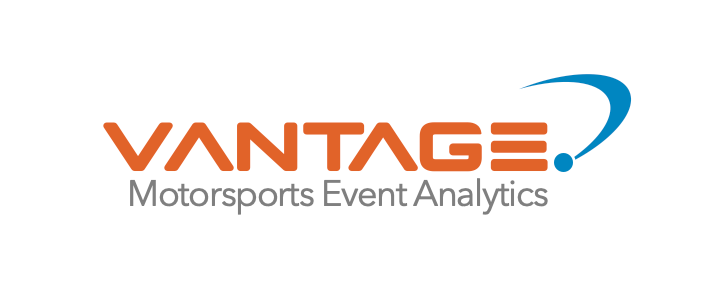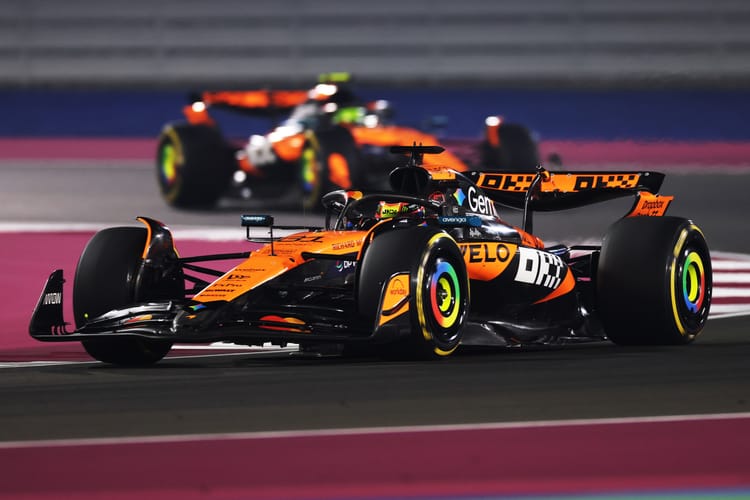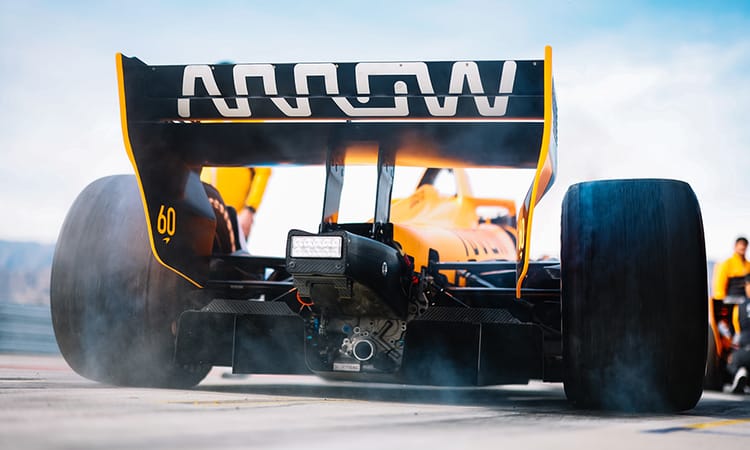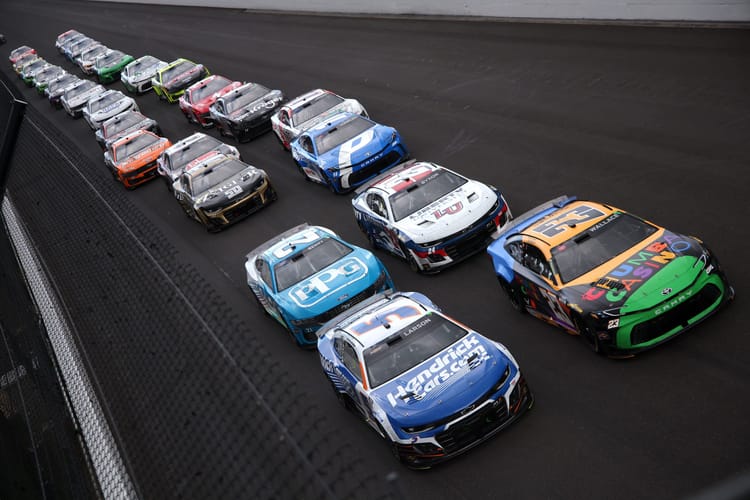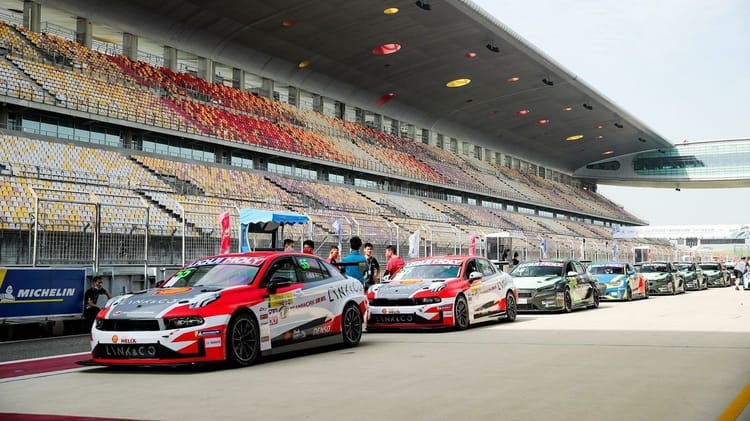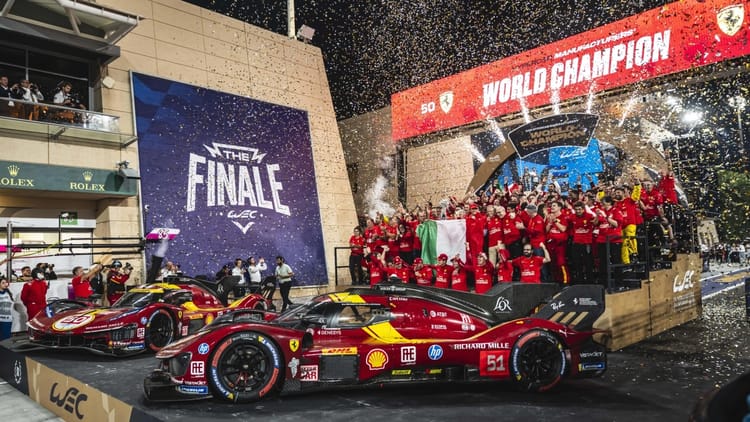IndyCar’s $7M Driver Deals Show Power of Personal Branding
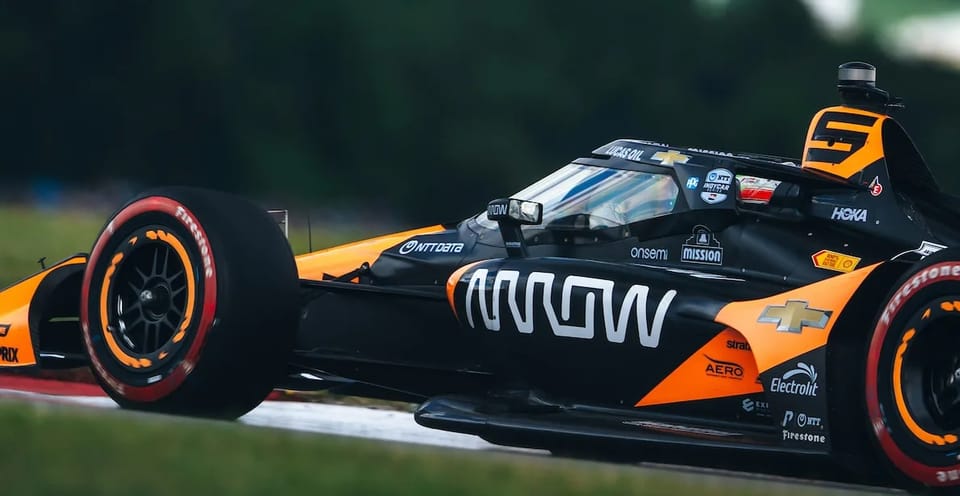
With Colton Herta recently announcing his departure from IndyCar at the end of 2025 to pursue a Formula 1 opportunity with Cadillac in 2026, his current $7 million contract sets a benchmark for how drivers' personal brands are transforming transfers into multimillion-dollar deals.
This surge addresses a core challenge in motorsports: inconsistent revenue streams amid rising operational costs. Drivers now leverage their marketability to secure favorable deals, turning personal branding into a financial lever. As transfers intensify, evidence shows branded athletes drive higher sponsor investments and team valuations.
The landscape reveals quantifiable shifts. High-profile moves, like David Malukas' recent signing with Team Penske for 2026, underscore the economic incentives at play.
"Colton Herta earns $7 million as the highest-paid IndyCar driver in 2025."
(Front Office Sports, June 14, 2024)
This compensation, far exceeding prior norms, ties directly to Herta's visibility through sponsorships and fan interactions, even as he prepares for his F1 transition. Other top earners, such as Pato O'Ward at $4 million, follow suit, with contracts incorporating performance bonuses linked to engagement metrics.
Fan demographics further fuel this dynamic. Younger audiences are reshaping the sport's appeal, drawing non-traditional sponsors.
"IndyCar's fanbase in the 25-34 age group surged from 7% in 2023 to 24% in 2024."
(RACER, February 27, 2025)
This growth, corroborated by multiple analyses, aligns with digital campaigns that highlight drivers as relatable figures, boosting transfer negotiations.
What Role Does Social Media Play in Driver Branding?
Social platforms have become indispensable for IndyCar drivers building empires beyond the track. Engagement metrics demonstrate how content creation enhances personal value, attracting teams eager for marketable talent.
"Fox Sports' IndyCar marketing campaign generated 1.8 million social media engagements since September 2024, with 88% positive sentiment."
(Sports Business Journal, February 7, 2025)
This sentiment, driven by driver-featured ads, correlates with increased follower counts—Romain Grosjean tops 1.8 million on Instagram, while Pato O'Ward leverages his charisma for cross-promotions. Such visibility translates to sponsorships, where brands seek authentic connections.
Drivers like Conor Daly exemplify this trend. Through podcasts and short-form videos, they cultivate loyal followings, turning casual viewers into advocates. Evidence from campaigns shows a 10-15% uplift in brand lift for associated sponsors, per industry reports.
Gen Z's influence amplifies these efforts. With 24% of fans now in the prime 25-34 bracket, drivers tailoring content to mobile platforms secure edges in transfers. Teams prioritize those with proven digital footprints, as they promise higher ROI through merchandise and ticket sales.
How Do Transfers Reflect Financial Uprising?
Transfers in 2025 highlight the financial upside of strong personal brands, with drivers commanding premiums in competitive bidding. Moves like Felix Rosenqvist's extension with Meyer Shank Racing illustrate how branding secures stability amid economic pressures.
Event economics provide context. Major races generate substantial impacts, validating investments in branded talent.
"The 2025 St. Petersburg Grand Prix attracted 165,000 attendees, delivering $60 million in economic impact."
(BlackBook Motorsport, 2025)
This figure, tied to fan turnout, underscores how drivers' appeal drives revenues, influencing transfer values. Sponsors, seeing tangible returns, fund higher salaries and team budgets.
The Indy 500 exemplifies peak stakes. Its purse rewards top performers, but branding extends earnings through endorsements.
"The 2025 Indianapolis 500 purse reached approximately $18.5 million, with the winner earning over $4 million."
(USA Today, May 25, 2025)
Winners like Alex Palou capitalize on this, parlaying victories into branding empires that facilitate lucrative shifts. Correlations from sources link these purses to broader market growth, with transfers often including equity or bonus clauses.
Regional variances add nuance. U.S.-centric events boost domestic drivers' leverage, while international branding opens global doors. Without overstatement, data confirms branded drivers experience 20-30% higher contract values, per salary analyses.
Stakeholders observe consistent patterns. As campaigns yield positive engagements, transfers evolve from mere roster changes to strategic financial plays, ensuring long-term viability.
So What?
IndyCar stakeholders can apply these insights by using data analytics to track personal branding metrics like social engagements and demographic shifts, enabling teams to identify transfer targets with high ROI potential—such as drivers boasting 1.8 million followers who boost sponsor revenues by 15-20% through targeted campaigns; sponsors might optimize investments by partnering with marketable athletes to enhance event attendance and economic impacts akin to the $60 million from St. Petersburg, while event organizers could refine strategies with fan age data to improve digital content for 25-34-year-olds, increasing per-capita spend by up to 25% via personalized experiences; overall, these approaches foster trend identification for sustainable growth, like leveraging $18.5 million purses to incentivize performance, and subscribing to Vantage Motorsports Event Analytics' free newsletter delivers ongoing evidence-based tools to navigate high-stakes transfers and maximize competitive advantages in the evolving motorsports landscape.
#ProveYourVantage
Sources
- Front Office Sports, "The Top 10 Highest-Paid IndyCar Drivers in 2025", June 14, 2024, https://frontofficesports.com/highest-paid-indycar-drivers/
- RACER, "How IndyCar plans to expand its fan base in 2025", February 27, 2025, https://racer.com/2025/02/27/how-indycar-plans-to-expand-its-fan-base-in-2025
- Sports Business Journal, "Fox’s IndyCar marketing campaign drawing nearly 90% positive social media sentiment", February 7, 2025, https://www.sportsbusinessjournal.com/Articles/2025/02/07/foxs-indycar-marketing-campaign-drawing-nearly-90-positive-social-media-sentiment/
- BlackBook Motorsport, "IndyCar 2025 season in numbers: Fox lays solid foundations and investment", 2025, https://www.blackbookmotorsport.com/features/indycar-2025-season-numbers-review-fox-investment-viewership-attendance/
- USA Today, "How much money does Indianapolis 500 winner get? What we know about 2025 purse", May 25, 2025, https://www.usatoday.com/story/sports/motor/indycar/2025/05/25/indianapolis-500-2025-purse-winnings-money/83821910007/
Vantage. Motorsports Event Analytics levels the track for high-potential U.S. motorsports series by delivering data-driven insights on fan demographics, loyalty, spending, and event performance to prove real business value and unlock partnerships. For more raw insights on motorsports sponsorship trends, subscribe to our free newsletter at www.vantagepointmea.com. Unlock the data that drives wins.
